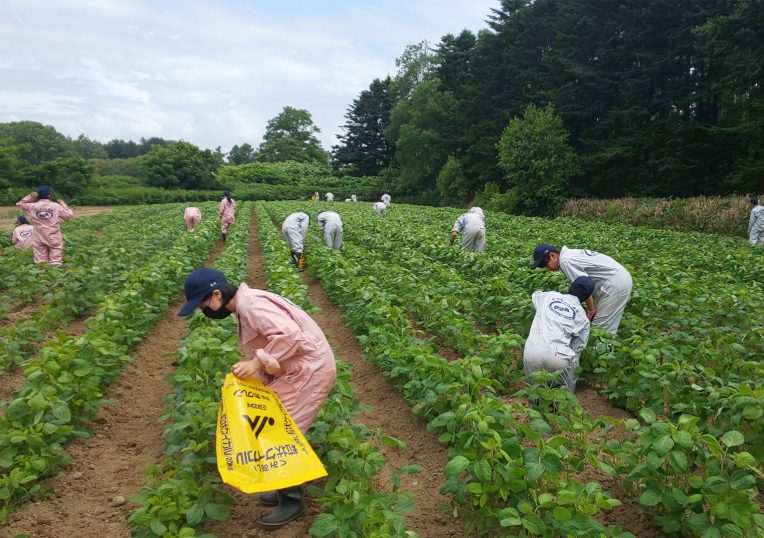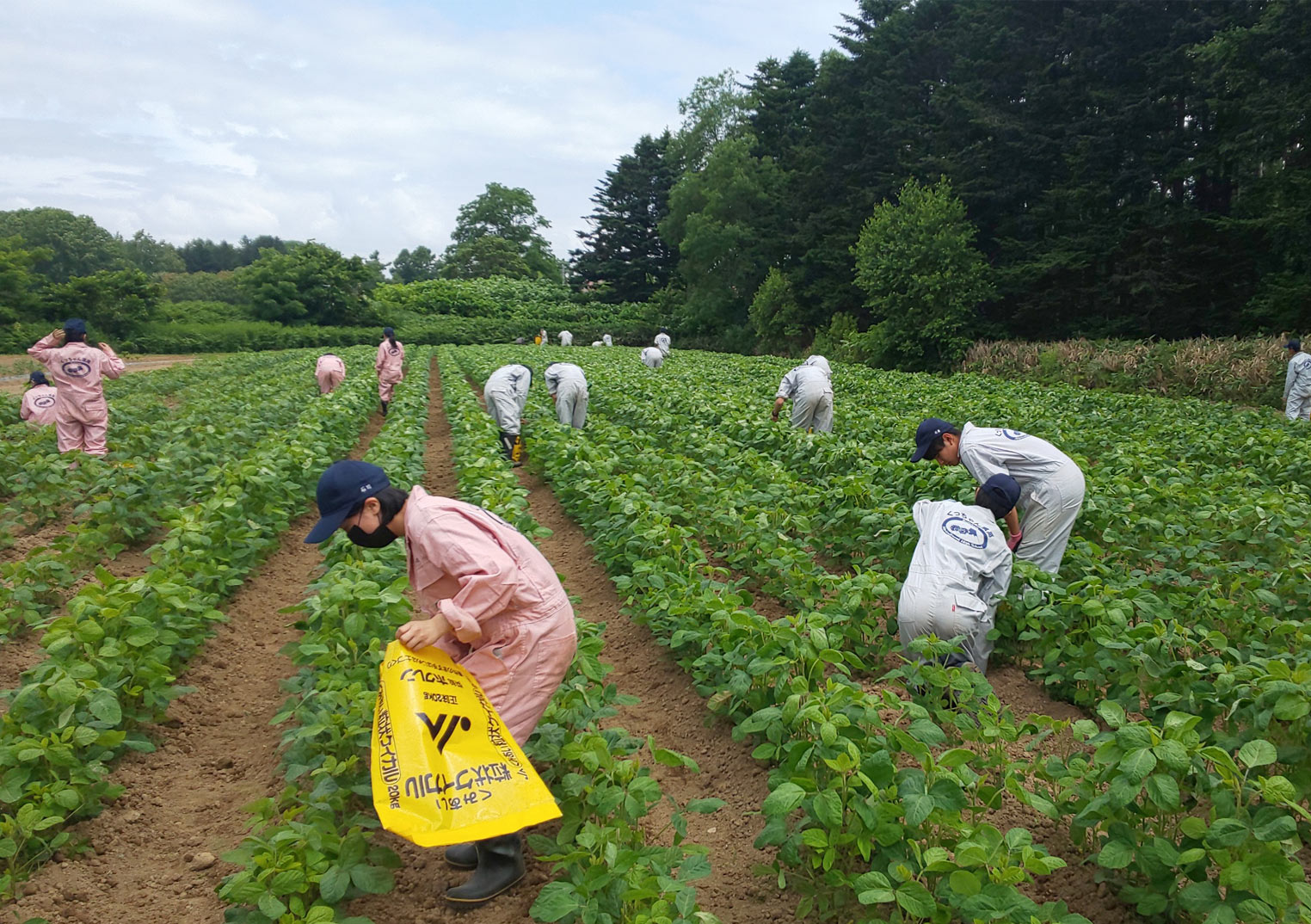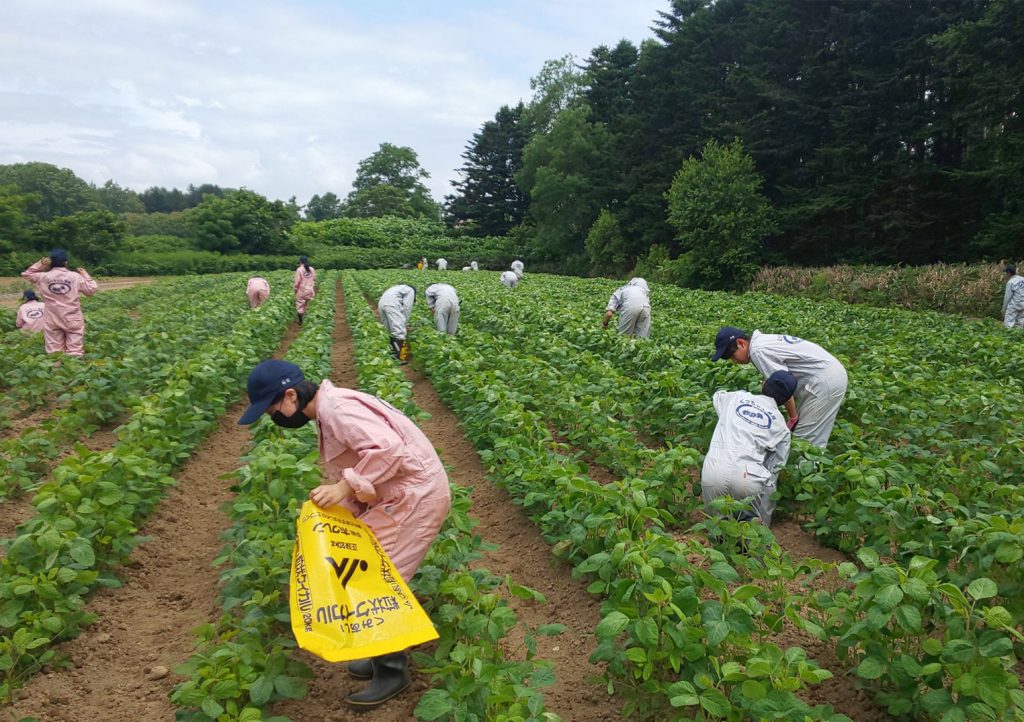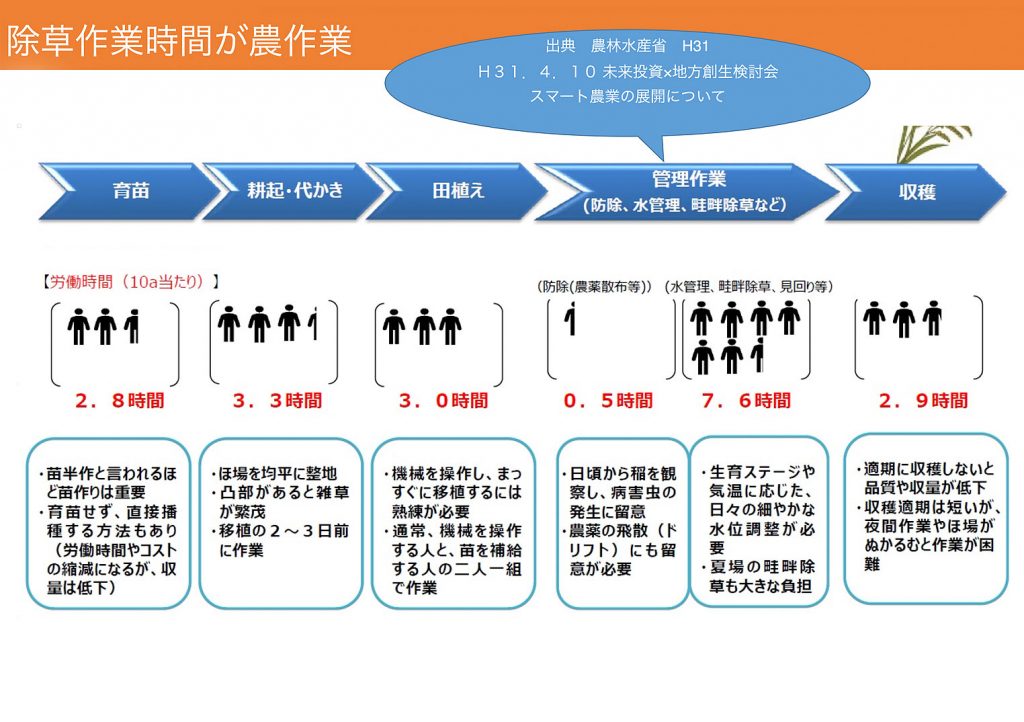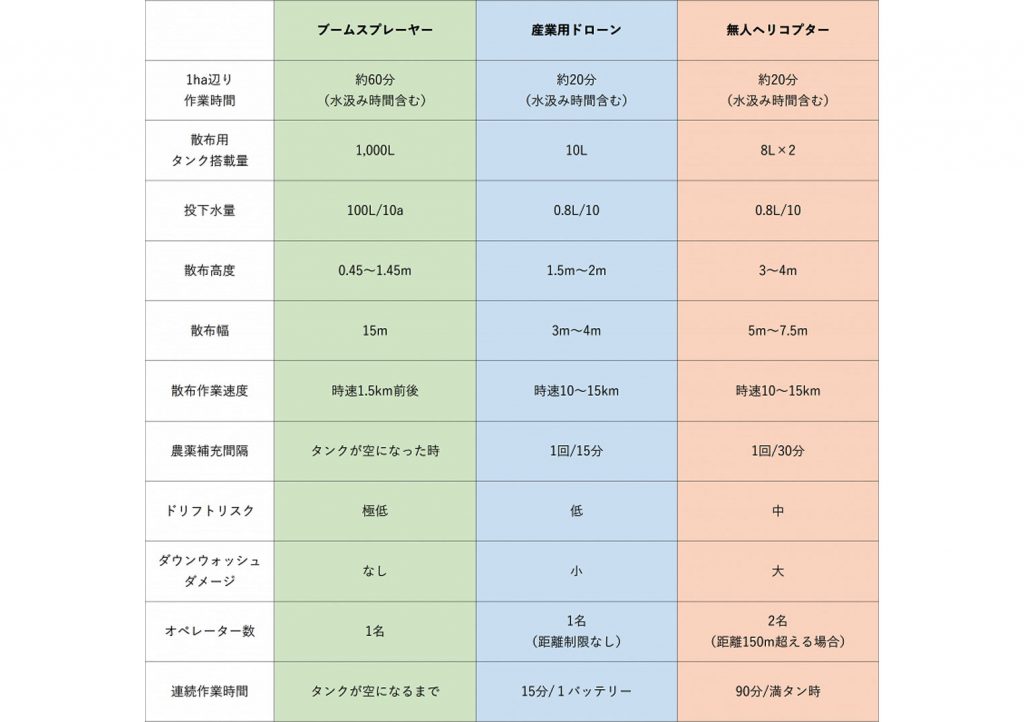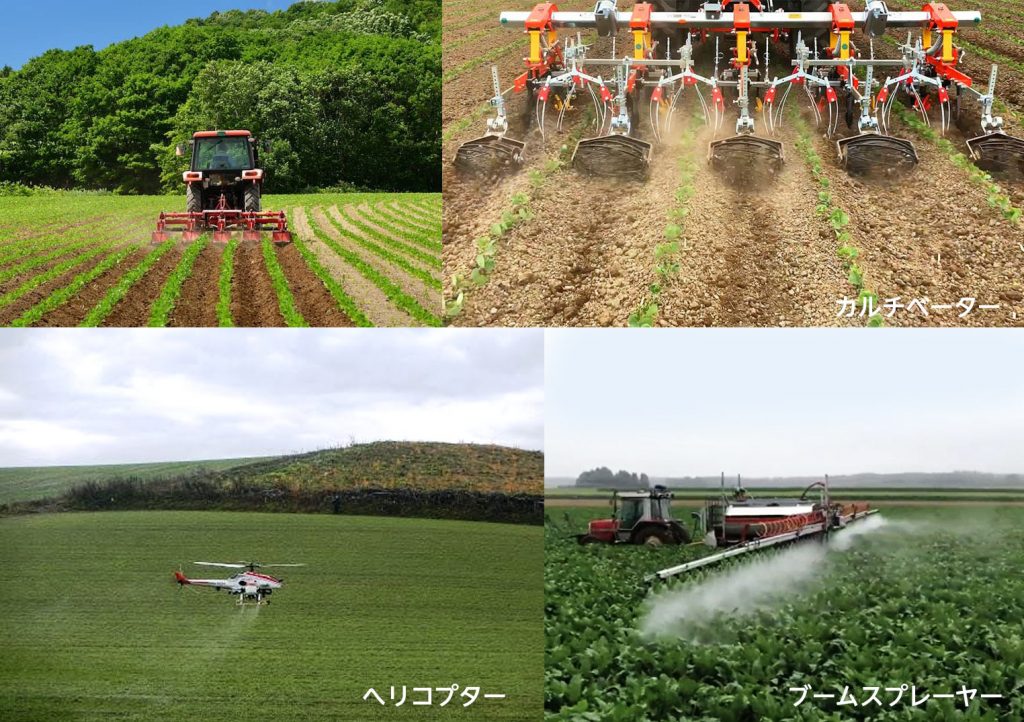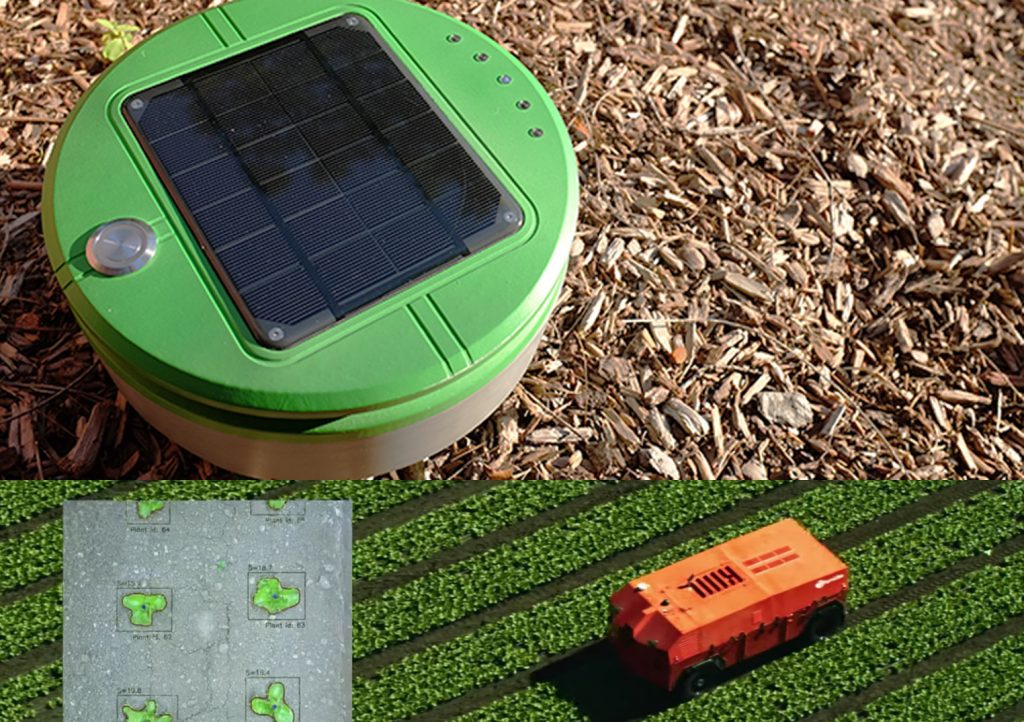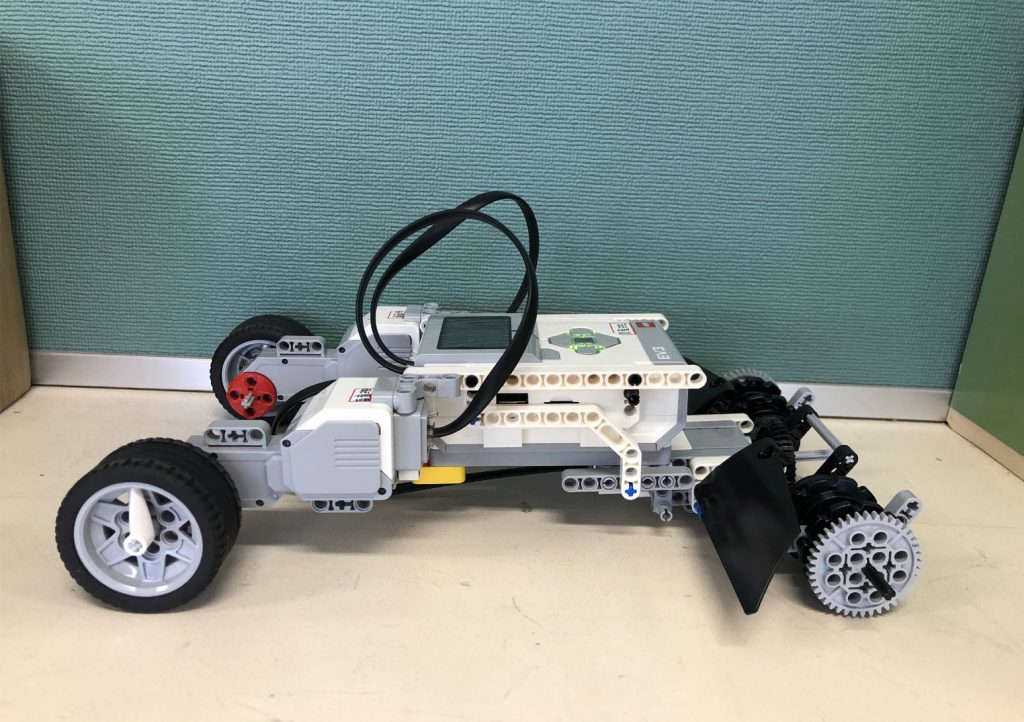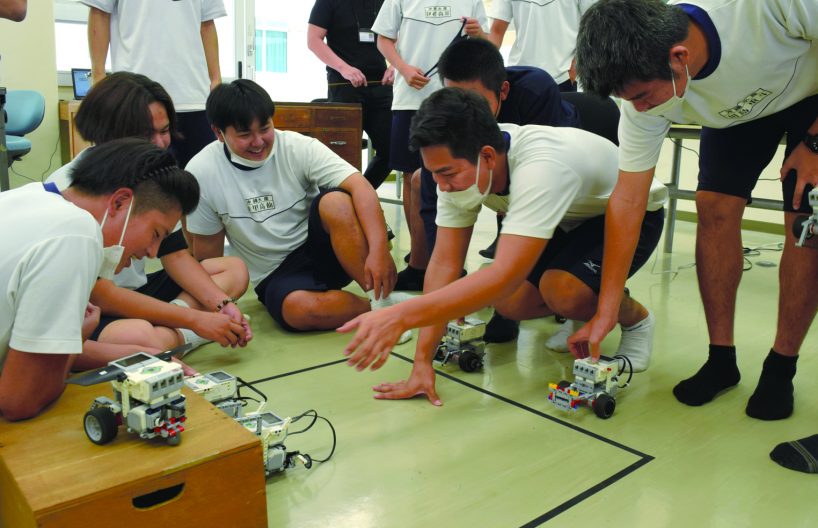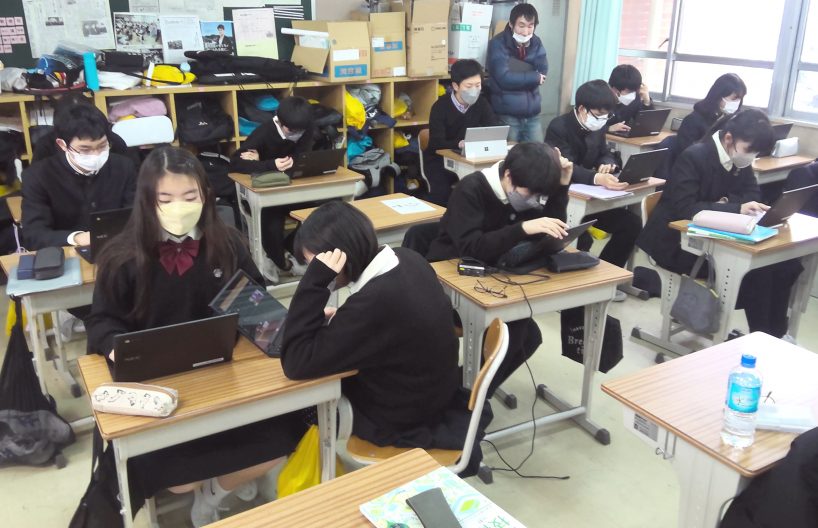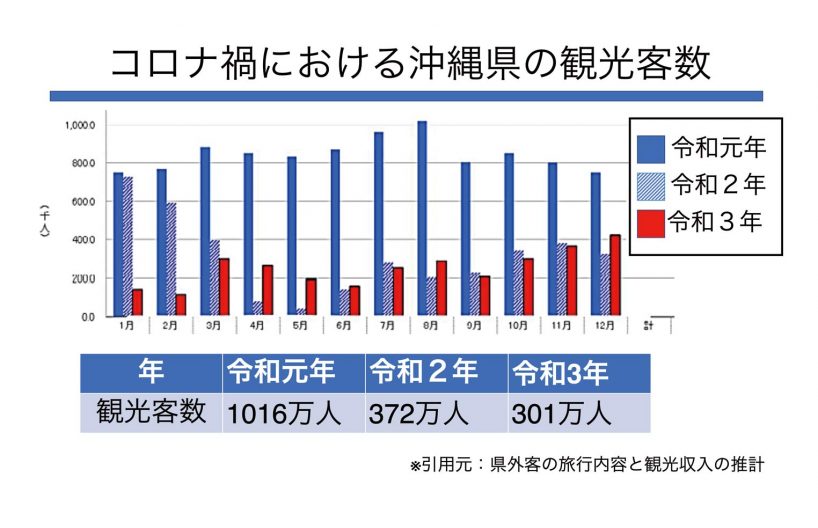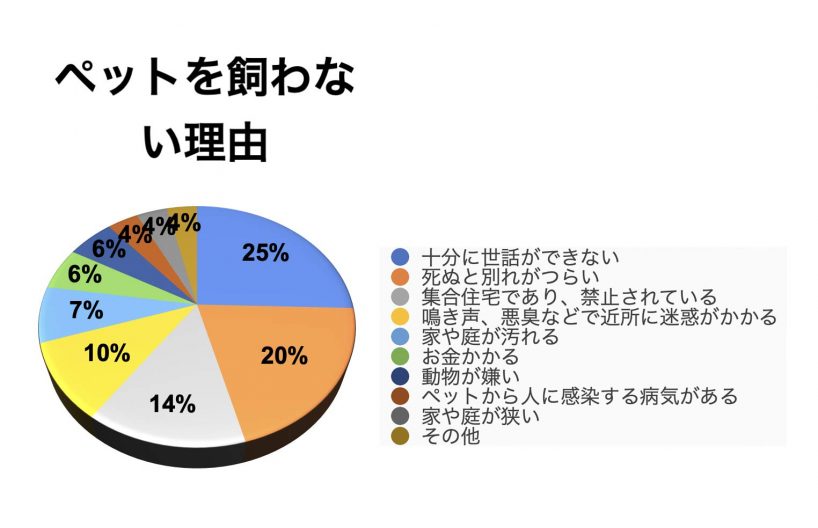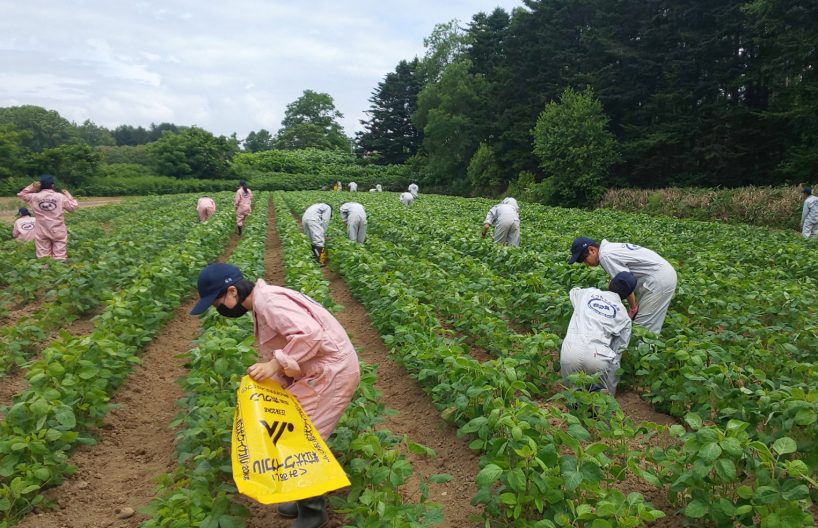Weeds and other plants that grow in areas not intended for cultivation, eat the nutrients of the cultivated crop together when they grow in large numbers, and provide an escape for insects and pathogens that are a nuisance to the crop. Weeding is so much a part of farm work that in the old days, people spent hours outside with a fork in one hand and weeding in the other.
These days, the temperature outside is so hot that farmers working under the blazing sun are prone to heat stroke. Weeding is very difficult and painful, especially in large fields. But if this weeding is not done, the field will be covered with weeds! That is not good for the crops, so it is not good for us.
About Weed Control
Generally, there are various methods for weed control, including:
- Mechanical weed control
- Pesticide weed control
- Combination of the above methods
Major Mechanical Weed Control
One of the major machines used for weed control is the cultivator, which is employed during intercultivation (中耕, chukou). Intercultivation involves cultivating the ridges while weeds are still small during the crop's growth period. This operation aims to invert and finely crumble the soil, making it soft to aid root growth, and enhancing the crop's development by transforming fertilizer components into an available form.
Pesticide Weed Control
Machines such as boom sprayers, industrial drones, unmanned helicopters, etc., are used for pesticide spraying. In typical fields in Hokkaido, which cover approximately 20 hectares, using a sprayer takes about 20 hours, almost a full day's work.
"I don't want to slack off with mechanization; I want to find a solution!"
We are currently in the era of mechanization, and rather than slacking off, I want to do something about it! We understand that weeds need certain conditions (water, temperature, oxygen) and nutrients to grow. Therefore, focusing on the fact that weeds have difficulty growing in unstable soil, we have been contemplating ways to create an environment where grass finds it challenging to sprout.
Reference Machine
Weed Removal Roomba: Utilizing AI analysis to identify plants and distinguish weeds, this machine removes small emerging weeds.
1. Basic Design of the Machine
Most spaces between crops are often about the width of tractor tires, and in our case, it was 75 cm. With reference to commercially available machines, we considered something larger than the "Weed Removal Roomba”, which is designed to cut small emerging weeds.
2. Weed Removal Design
- EV3 Size: Approximately 30 cm vertically, 20 cm horizontally
- Main Body Size of the Starting Part: Approximately 50 cm vertically, 40 cm horizontally
- Working Width: 70 cm for shallow cultivation of the surface soil
- The tires are rotated by a remote-controlled motor.
- The advantage of using a motor is that the rotation speed can be controlled by the computer.
- Note: Ensure the motor is well covered to prevent it from getting wet.
- Point 1: Operates in the field 24 hours a day, moving the surface of the soil to destabilize the roots of weeds. Can we prevent weed growth by disrupting the nutrient supply, even if weeds germinate?
- Point 2: Powered by a "solar panel" during operation to charge the motor.
Future Developments
We plan to experiment by using Tamiya's four-wheel-drive vehicle tires, rotating them with a remote-controlled motor. Additionally, we intend to attach a rotary mixer to stir the soil after removing the rear tires.




